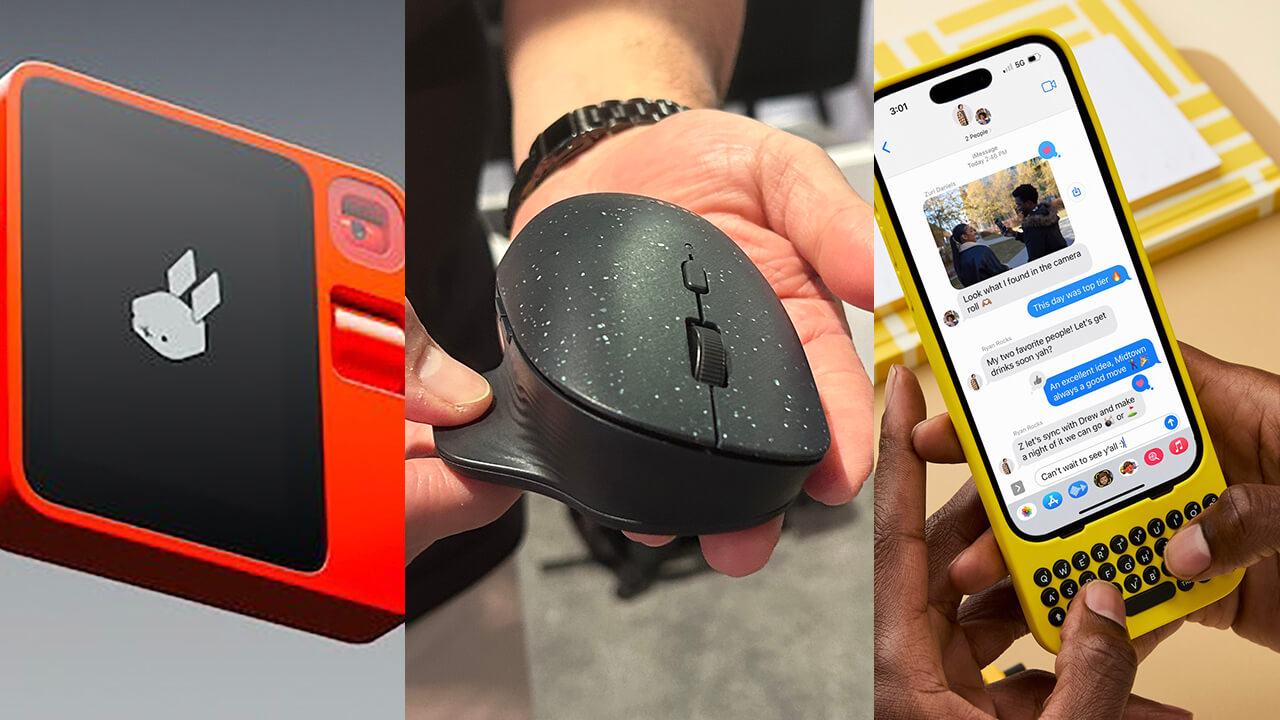Along with all the most talked about products from CES 2024, like the LG transparent TV, Nuralogic’s Anura MagicMirror that reads your facial blood flow patterns to deliver various risk assessments, and HP’s AI-powered laptops, there were fun and quirky gadgets on the show floor. Here’s a round-up of some of the most unique ones we saw.
1. Clicks Keyboard for iPhone
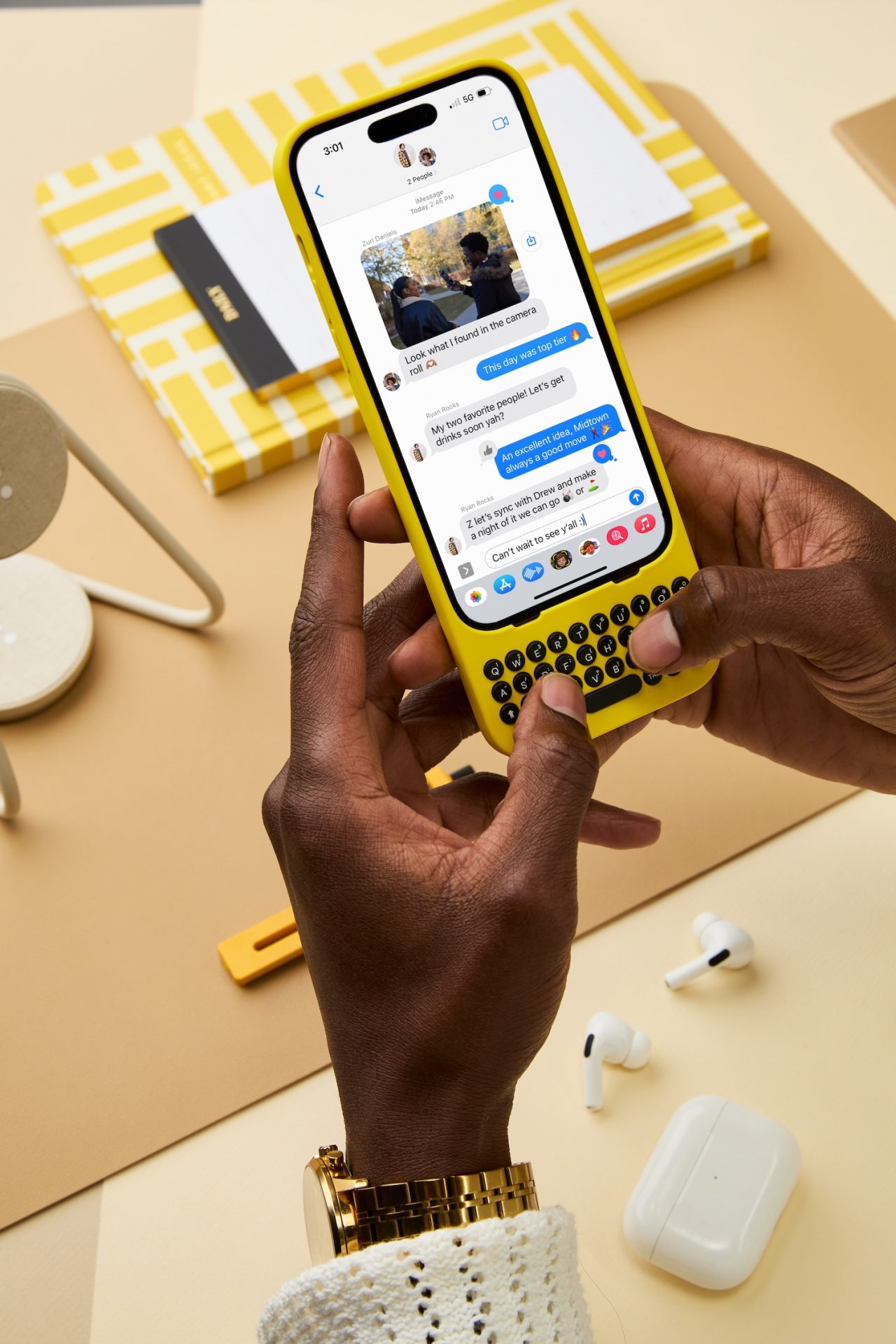
An accessory everyone was talking about at the show is the Clicks keyboard for iPhone, which effectively turns the iPhone into a pseudo-BlackBerry – remember those? Developed by Michael Fisher, known as MrMobile and Kevin Michaluk, known as CrackBerry Kevin alongside a team of others who come from top tech companies like Apple, BlackBerry, and Google, it’s designed to give you another option for typing beyond the touch-sensitive keyboard. I’m not as impressed with the Clicks keyboard as others.
First, it fits on the bottom of the phone and around its perimeter, adding bulk to the device, making it impractical (not to mention impacting the sleek look of the phone). Second, this might make typing awkward: who wants to hold a phone three-quarters of the way above your hands while you jam on keys on the bottom quarter area? Finally, this falls into the “do we really need it?” category for me. If you want tactile feedback, just turn on haptic feedback for the on-screen keyboard to get a little vibration as you type. With the latest OS, the iPhone keyboard is wonderful at predicting what you’re trying to type. I have noticed that I have to make fewer and fewer corrections as I go, though autocorrect is still an issue at times.
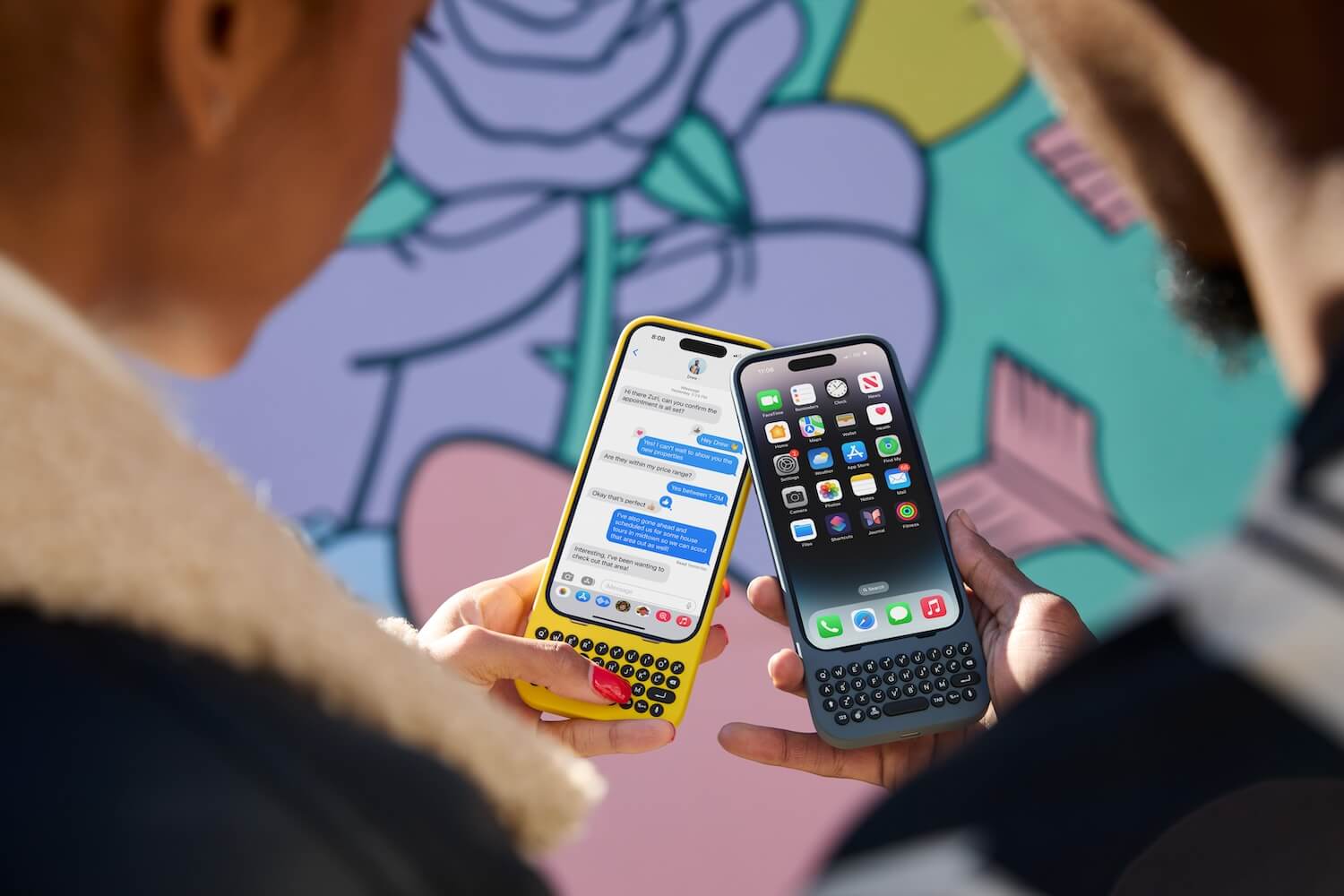
There are some touted advantages to Clicks. Being able to add a keyboard means you get the full screen real estate to use without the virtual keyboard taking up part of the screen as you type. You can assign various keyboard shortcuts, including launching search, scrolling through pages with a space bar, and more, which could make navigating the phone more convenient. Some supporters also say this is a design the younger generation might appreciate. It’s cool, retro, and fun at the same time. It’s easy to forget, after all, that many Gen-Zers were born long after the BlackBerry fanfare petered out. So, this is the first time they’re seeing such a phone design. Indeed, I polled my 12-year-old son by showing him the photo of the Clicks device and his immediate response was “that would be so useful because sometimes I hit the wrong keys since the keyboard is so small.” So, there you have it.
Still, at US$139, I’d much rather get a high-end case and screen protector for my phone and enjoy using the touchscreen keyboard or voice-to-text. Maybe I’m out of touch and that’s just me. Admittedly, I didn’t get the chance to try the Clicks case at the show so perhaps touching, feeling, and using it is what convinces everyone that Clicks is here to stay. But I suspect this keyboard will be deemed the best thing since sliced bread by reviewers who will end up pushing it to the side a month from now, never to use it again. Case in point: do you remember the Typo keyboard Ryan Seacrest launched at CES a decade ago? Exactly.
2. Heat it Insect Bite Healer

Every summer in Canada, we love entertaining friends in the backyard. But inevitably by a certain hour, the mosquitos begin to attack. No matter how many contraptions, citronella candles, and other devices we have set up, there’s always that one person who gets massacred. Whether it’s in a backyard, on a campsite, or any other outdoor scenario, the Heat It insect bite healer is for that person who seems to be a biting insect magnet. There’s nothing particularly revolutionary about the device. It plugs into the charging port of your phone (there’s Lightning and USB-C options available) then uses the phone’s battery to heat up. Position the tiny unit over the bite after selecting the type of bite and your age (adult or child) from the app on the phone and it will heat up to about 52°C to provide instant relief.
Yes, there are similar heat-based devices on the market already. But the benefit with Heat It is that it doesn’t need its own battery. Plus, it’s so small, you can keep it on a keychain to use whenever you need it. A great gift for the outdoorsy person, it’s a simple solution that doesn’t require chemicals or creams.
3. Rabbit R1
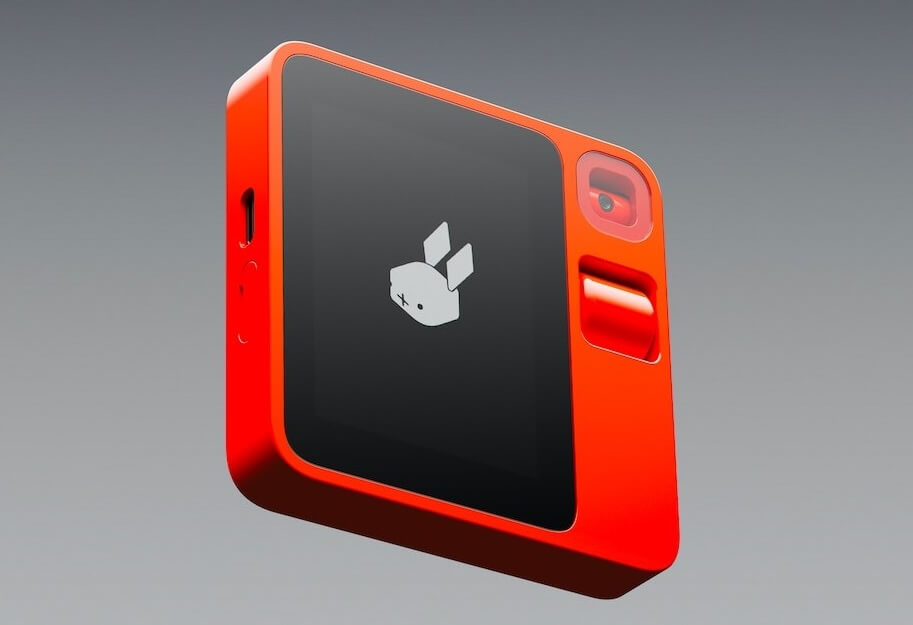
Another device everyone was talking about at CES 2024 is the Rabbit R1. What is it? I’m not quite sure how to explain it. It’s a small, square-shaped bright orange gadget that looks like it came from the ‘90s. It has a 2.88-inch touchscreen and analog scroll wheel, and a 360° rotating camera that works for both rear and front selfies. There’s a 2W speaker, dual mics, MediaTek MT6765 octa-core processor, 2.3GHz CPU, 4GB memory, 128GB storage, and even a SIM card slot.
Dubbed a pocket companion, the big deal with the Rabbit R1 is that it has a built-in voice assistant. Connect it to the apps on your phone and make use of the Large Action Model (LAM), which uses AI to help you navigate apps and perform tasks through voice commands. Tell it to call someone, book a ride with Uber, or send an e-mail. Ask it a question and get a detailed response. You can train it over time, teaching it how to interact with various commands. Think of it as a personal assistant: she won’t be able to get your coffee, pick up your dry cleaning, or fix your make-up. But she can hold all your calls, let you know what appointments you have coming up, and tell you what the weather is and what you should wear. The point is to help avoid digital distractions by using the Rabbit R1 only when you need it versus glancing at your phone every five seconds. I’m not sold, but the Internet is going crazy for this adorable device. It’s on pre-order right now for US$271.
4. Anker SOLIX F3800 Portable Power Station
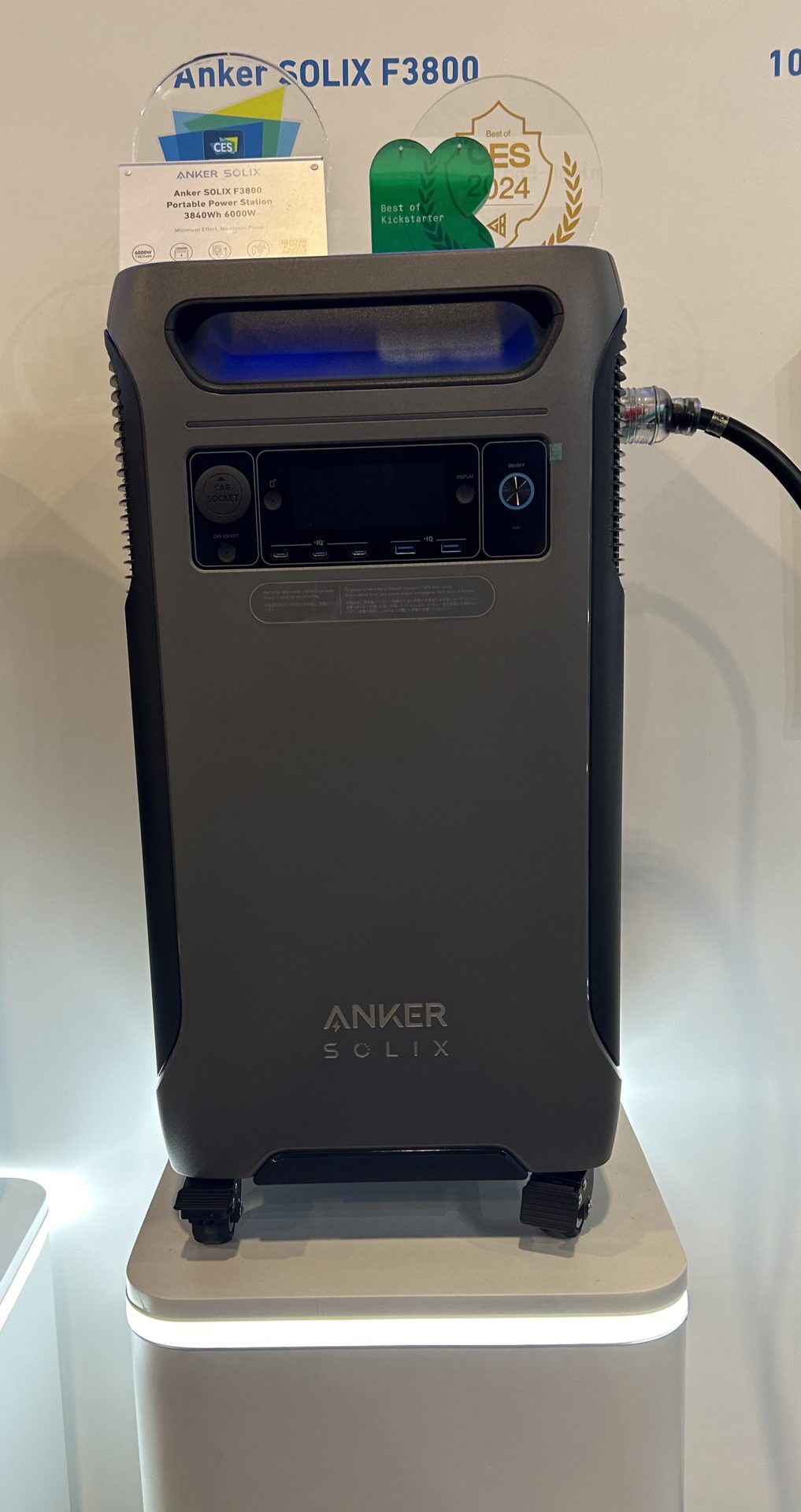
Need back-up power in the event of an emergency like a power outage? With the chilly temperatures wreaking havoc in provinces like Alberta and BC this month, this is a concern now more than ever. The Anker Solix F3800 portable power station is an exciting new option in this space. It offers a high AC output power of 6,000W and dual-voltage output of 120V/240V. It supports home power cycling with AC coupling and a home power panel. As a clean and quiet alternative to using a gas generator, Anker says the power station can power an entire home, electric vehicles, and even RVs. There is also the option to expand the capacity up to 53.8kWh. This portable power station is a CES Innovations Honoree.
5. OtterBox Symmetry Series Cactus Leather Cases & Accessories
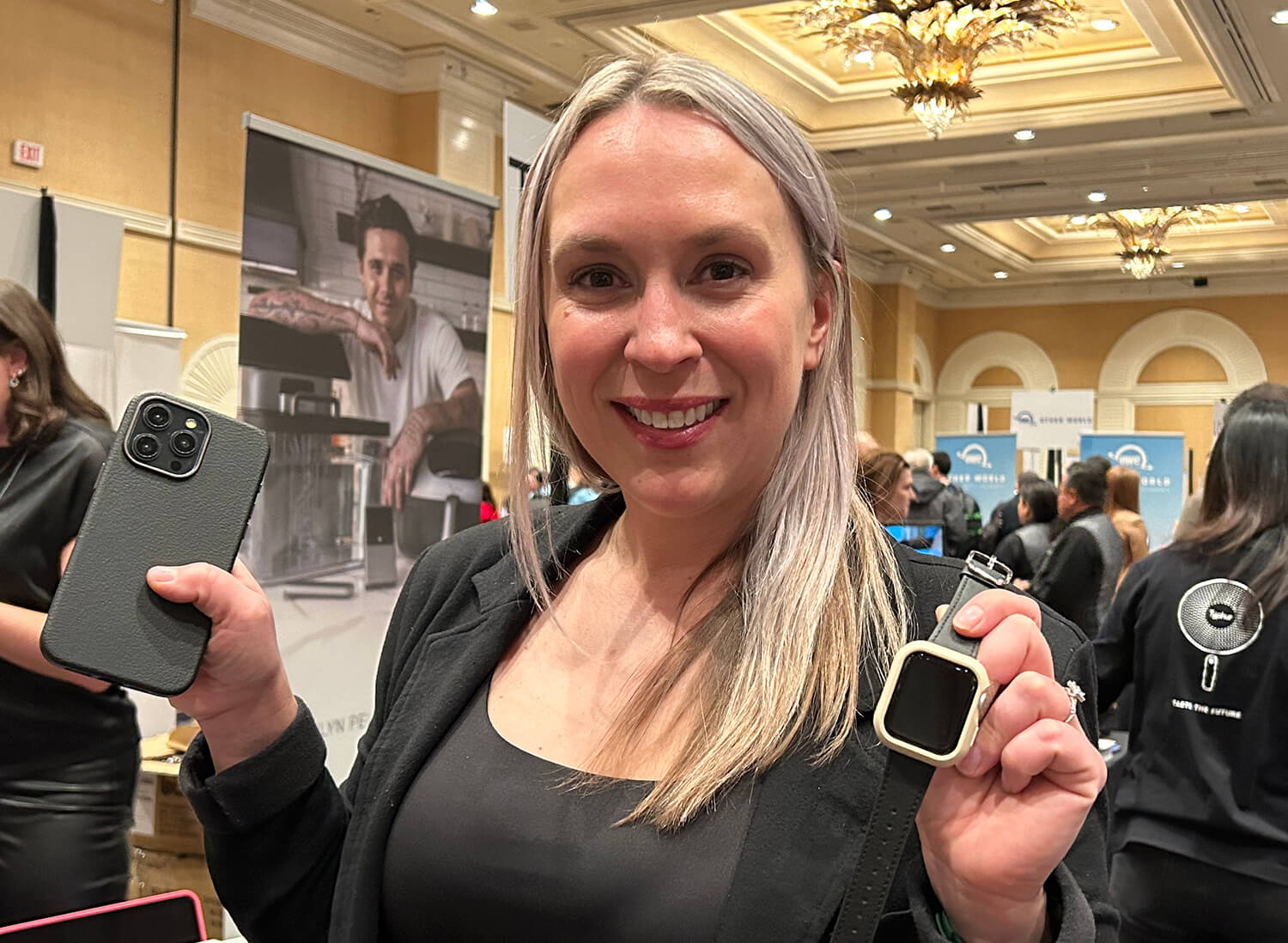
Otterbox is respecting Apple’s decision to steer clear of leather with its own line of leather-alternative accessories that still offer an elegant and refined look and feel. How? By using cactus leather. Yes, these cases are made from cactus plants. The material is harvested from mature pads of the nopal cactus (also known as the prickly pear) while the plant life is alive and continues to absorb CO2. They are still soft like leather and just as durable, meeting DROP+ standards, which Otterbox says is three times that of standard military protection. Get even more durable protection thanks to reinforced corners, raised edges, and screen lip that protects the display. There are also built-in magnets for connecting to MagSafe chargers.
The cases will be available for the new iPhone models (iPhone 15, 15 Plus, 15 Pro, and 15 Pro Max) in Spring 2024 for US$60 each and Noir Ash, Cactus Grove, Plum Lux, and Rich Adobe colours. Otterbox is extending the line to include other Apple device accessories as well, including a cactus leather Apple Watch band in the same colours and a MagSafe compatible wallet.
6. InfinaCore P3 Pro Portable Charger & Powerbank

With the capacity to recharge everything from laptops to smartphones, gaming devices, and accessories, the InfinaCore P3 Pro has a pair of USB-C ports as well as a single USB-A port. It’s MagSafe compatible with a 65W total output (much higher than the previous generation P3, which was just 15W) and 10,000mAh battery capacity (up from 9,000mAh in the existing model), enough for about two full charges of one of the latest premium smartphones. There’s an animated colour LED display that shows battery percentage and current output. This version also comes with a finger loop. Shipping is expected for summer 2024 with a pricing of US$130.
7. Catalyst Floating Wrist Lanyard
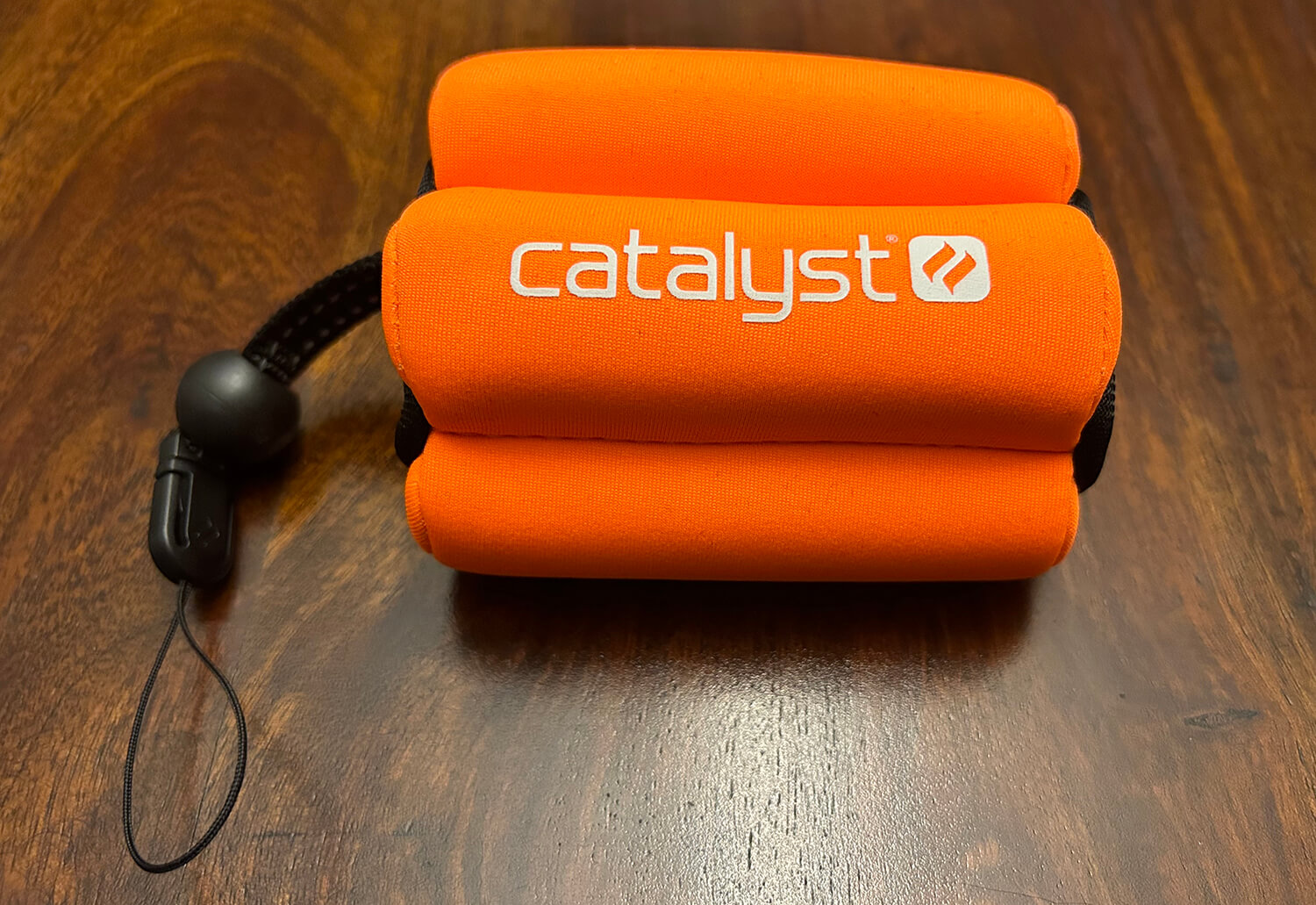
Ideal for use with Catalyst’s new Total Protection iPhone cases, the Floating Wrist Lanyard can be attached to all Catalyst Waterproof iPhone Cases. It adjusts to a wide range of wrist sizes and ensures that the phone remains buoyant. It’s finished in bright orange that is easy to spot in the water, can be used with a variety of products, and supports a weight of up to 340g. This includes a waterproof action camera such as a Go-Pro, keys, or other objects. I love the idea of being able to bring a phone into the water with a waterproof case and not having to hold it the entire time, or swim to the sides of the pool to leave it there until I’m ready to take another shot.
8. Scosche BaseLynx 2.0 Modular Charging System With Qi2 Wireless Charging
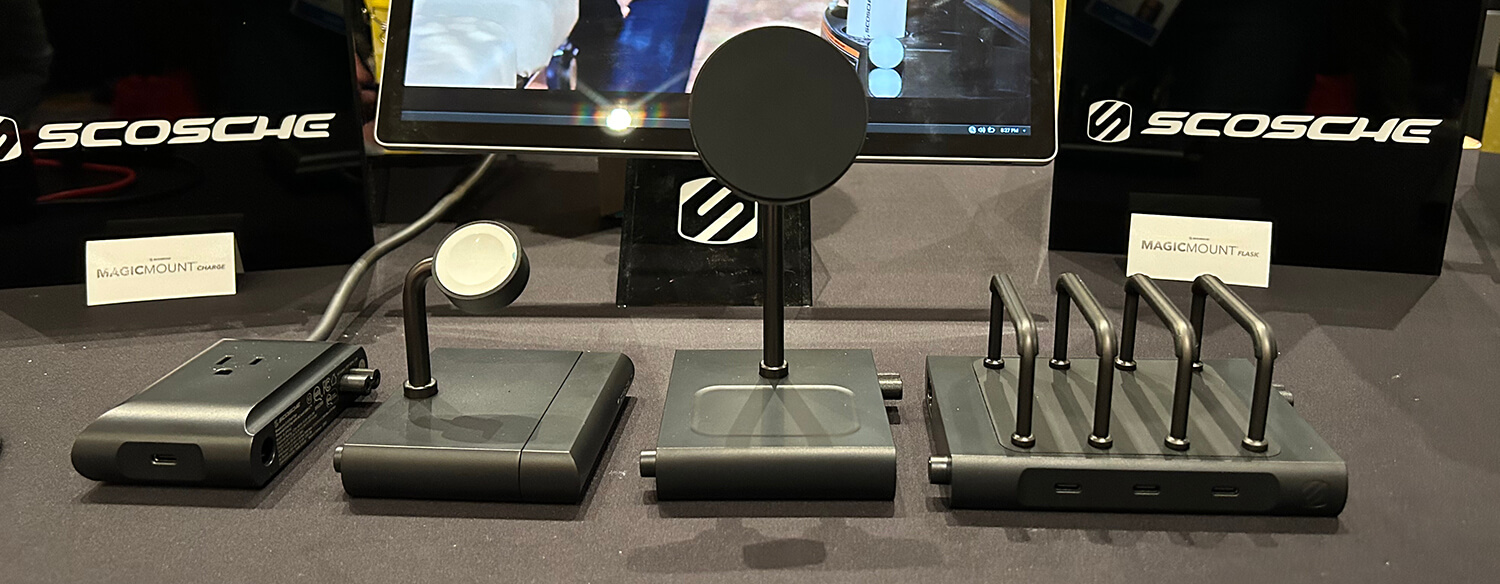
The customizable BaseLynx 2.0 System isn’t a new concept: the BaseLynx launched previously in other versions. What makes this one unique is that it features a Qi2-certified magnetic wireless charging stand to simultaneously charge Qi2-enabled phones, along with an AirPods Wireless Charging Case. (Qi2 is the latest open source wireless charging standard from the Wireless Power Consortium that affords faster, more efficient charging with a wider subset of devices.) The black BaseLynx 2.0 line launches with four interchangeable, connectable modules: the Qi2 Wireless Charging Stand; the Multi-Device Vertical Charger with 60W of smart shared power (between three USB-C ports); the Apple Watch Magnetic Charger; and the Powered EndCap, with a 67W USB-C port and a 120V AC outlet.
Perfect for organizing your mobile devices in the home or on your office desk, this gadget makes it easy to recharge everything in one spot. For Apple Watch owners who have to deal with the proprietary charger, it’s useful alone just to have a tidy spot to charge that smartwatch while it sits upright. The white BaseLynx 2.0 system with MagSafe is available now exclusively at Apple.com and at select Apple stores.
9. LG DukeBox by LG Labs
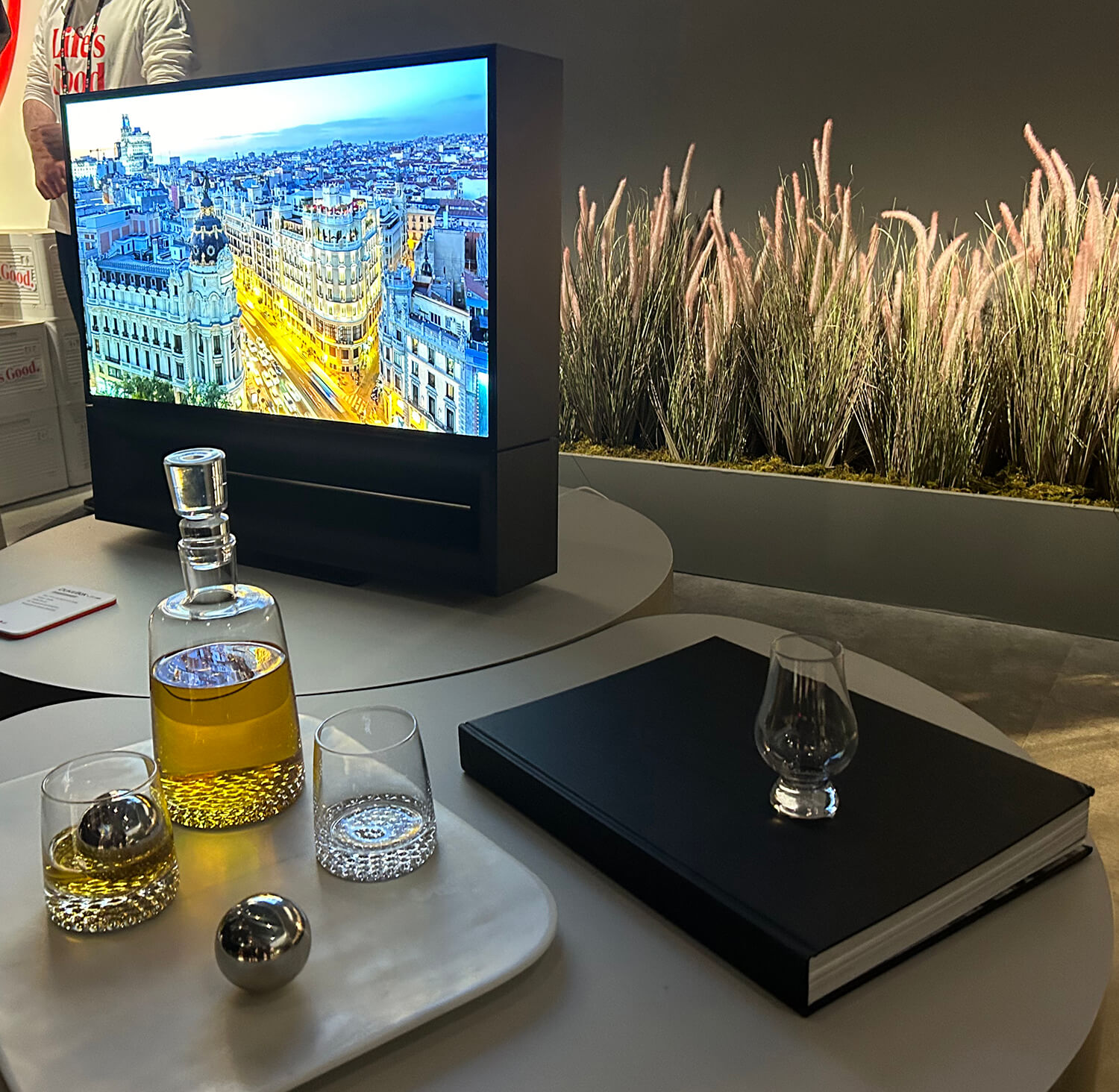
At its booth, LG had a special spot for future tech inventions, developed through the LG Labs zone. Creativity is at the heart here through products like the DukeBox, which combines vacuum tube audio with a transparent OLED panel. The idea is to fuse both vintage and modern sensibilities in one piece that audiophiles and style-conscious folks will love. LG describes it as a modernized version of a jukebox. It has front-facing speakers at its bottom combined with a 360° speaker at the top to provide an immersive audio experience. The OLED panel is transparent, but the level of transparency can be adjusted so you get a cool visual effect. Use it to watch movies, listen to music, or even for background ambiance, like a crackling fireplace.
10. XGIMI Horizon Max Smart Long-Throw Projector
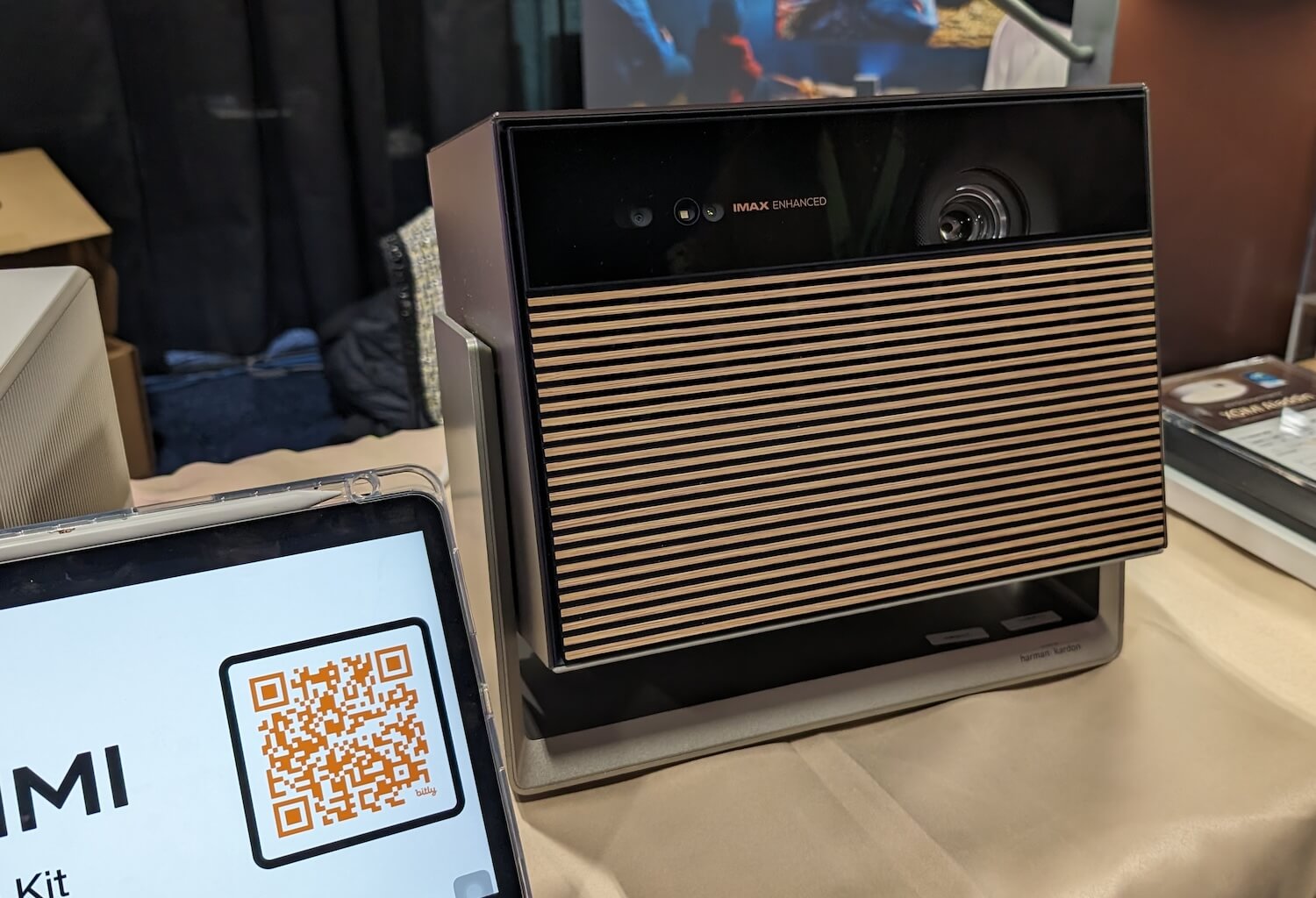
The XGIMI Horizon Max smart long-throw projector is IMAX Enhanced certified. The projector features XGIMI’s ISA 5.0 (Intelligent Screen Adaptation) technology, which uses hardware and software enhancements and a fully automated motorized gimbal. This makes it simple to find the perfect position for the projector on the wall, and it intelligently remembers settings for specific walls, ideal if you want to move it around and use it in different ways, like on one side of the wall for gaming and another side for watching movies. It automatically adapts its software and hardware settings to optimize the experience for each activity as well.
Integrating 3D ToF in ISA 5.0 enhances Horizon Max’s ability to detect the surrounding space so you can find the optimal projection spot. The updated Dual Light 2.0 technology, meanwhile, is XGIMI’s new system that consists of a dual-light light source. It integrates a Triple laser for an extended colour range and a phosphor light to enhance any imperfections produced by the Triple laser. The proprietary optical engine is equipped with MCL lasers commonly used in commercial theatres. The result, says XGIMI, is a cinematic viewing experience boasting ultra-wide colour gamut, ultra-high brightness (3,100 ISO Lumens), ultra-high contrast (2000:1 native contrast ratio) and ultra-high colour accuracy. In fact, XGIMI says it’s the company’s brightest display to date, offering a 35% increase from the Horizon Ultra.
Further, XGIMI has announced a strategic partnership with MediaTek, with the entire XGIMI premium product line adopting MediaTek’s chips. Looking ahead to 2024, MediaTek, in collaboration with Google TV and XGIMI, is set to unveil a range of intelligent projection solutions.
11. Garmin HRM-Fit Chest Heart Rate Monitor
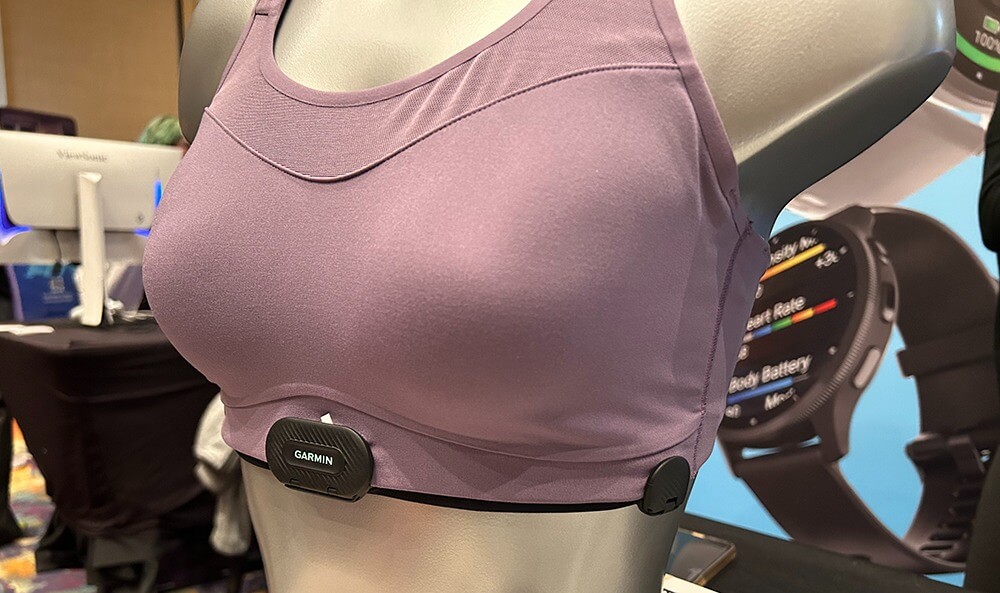
If you’re a female and you work out, chances are you own dozens of sports bras. You probably wear a smartwatch or fitness tracker as well. But the most serious athletes, notably those who love to cycle or run, might also wear a chest-based heart rate monitor. These are considered to offer the most accurate results, so many use them alongside wrist-worn trackers, even when your smartwatch tracks heart rate as well. But wearing them can be uncomfortable or awkward. Garmin hopes to solve that issue with the new HRM-Fit chest strap, which is designed to clip to the bottom band of a medium or high-support sports bra. This keeps it nicely in place and perfectly fitted to your torso. So simple but so clever!
12. Sennheiser Sport Momentum True Wireless Earbuds
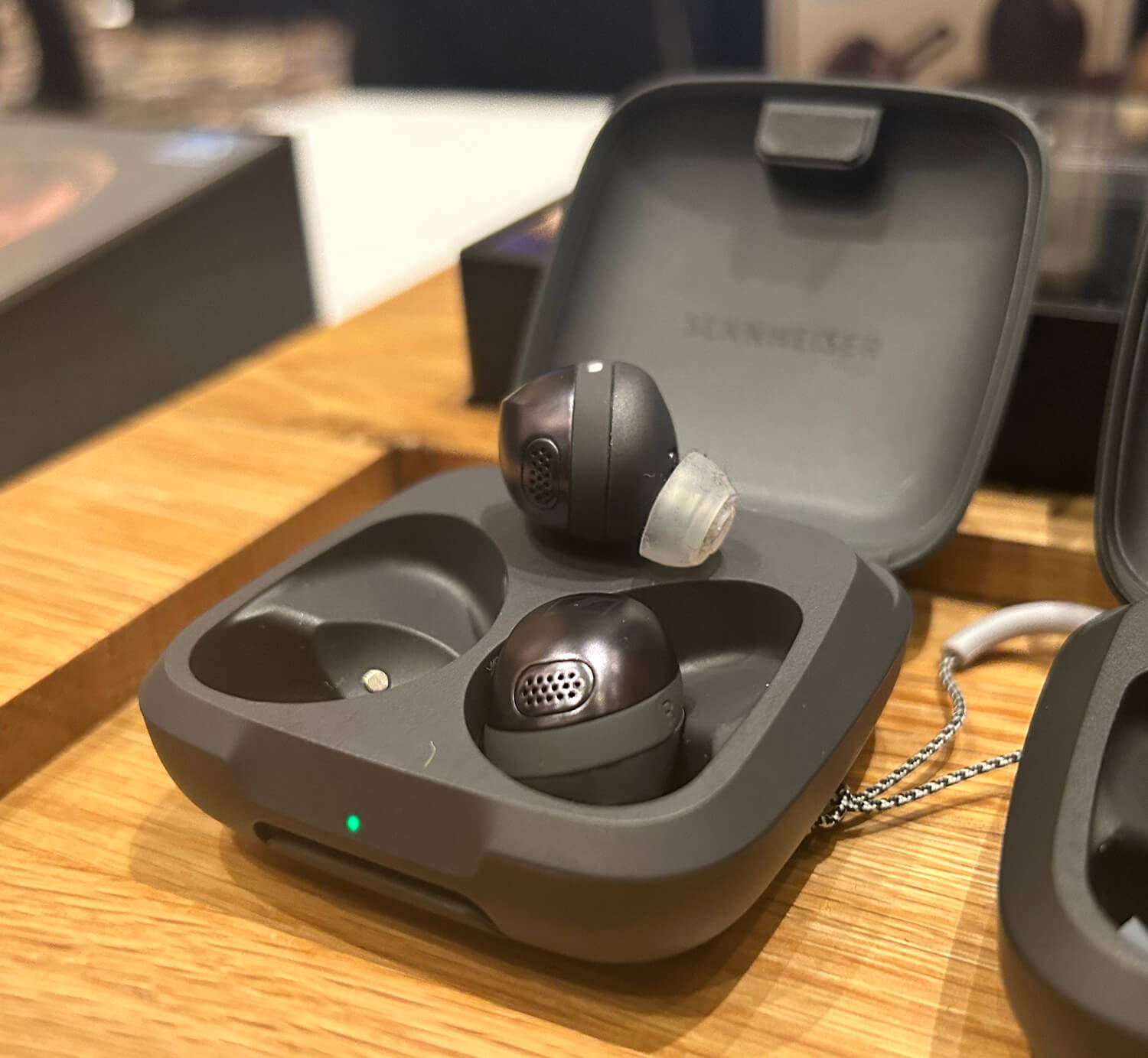
Sport earbuds are usually defined by a design for a secure fit with long battery life, active noise cancellation, transparency mode, and water- and sweat-resistance. Some, however, offer additional features specifically for fitness enthusiasts, and the Sennheiser Momentum Sport true wireless earbuds fit into this category. Along with offering great sound while you listen to tunes or podcasts, you also get real-time biometric feedback. It measures heart rate and body temperature, and syncs with popular apps like Apple Watch/Health, Garmin Watch/Connect, Strava, and Peloton and more. Most notably, however, they’re the first non-Polar product to offer access to Polar’s biosensing capabilities and data analytics so you get real-time training insights.
Along with the typical active noise cancellation and transparency mode, these buds also have an acoustic relief channel that Sennheiser says helps reduce noise from footsteps, breathing, and other similar distractions. There’s also an anti-wind mode making them a good option for runners; and they’re IP55 rated for sweat and water resistance. Get up to 24 hours of use with the charging case, six hours per charge, and quick charge them in 10 minutes for an extra 45 minutes – long enough for a quick morning run.
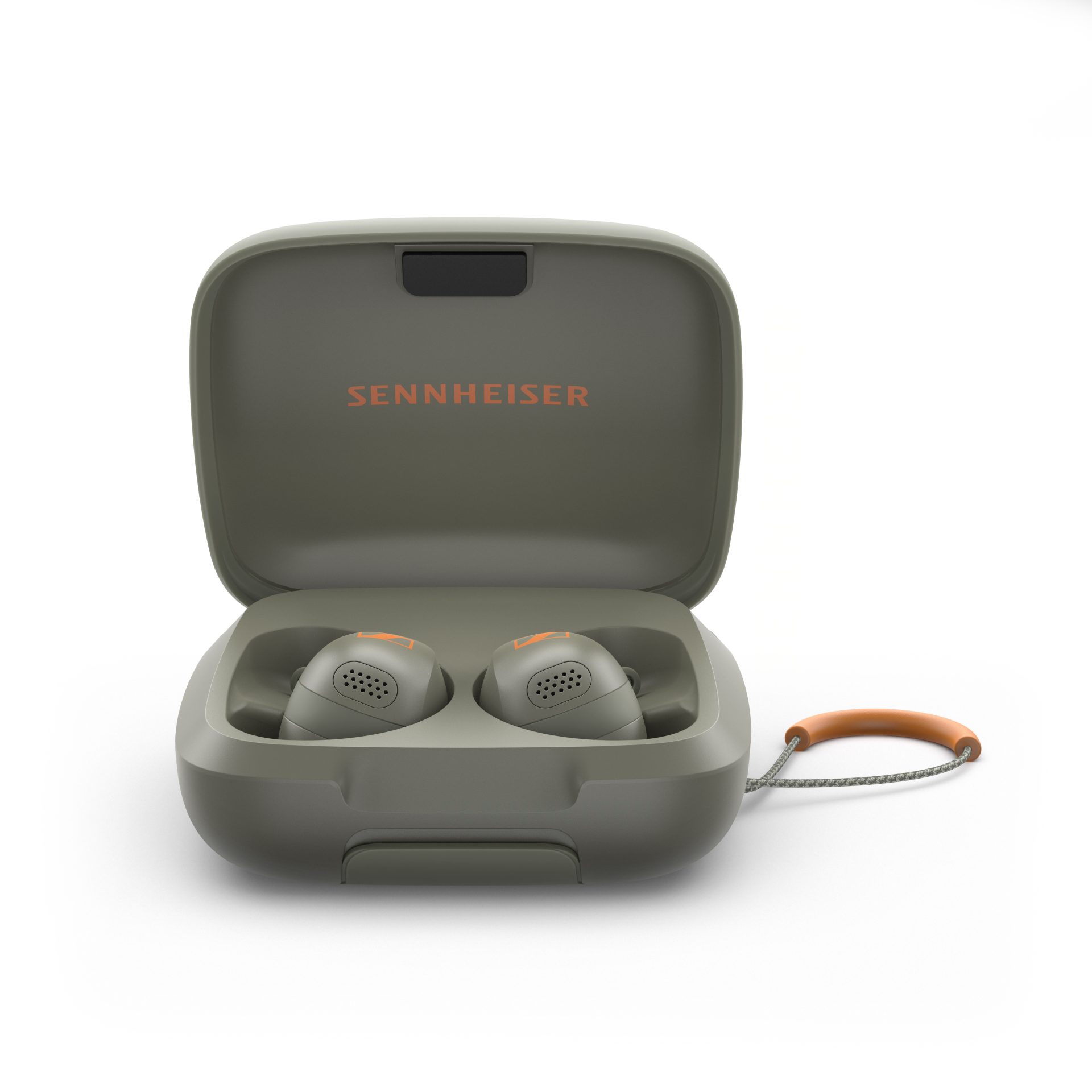
These will sell for about US$330 so you can expect them to be about $450 in Canada once they’re officially available in April 2023. They’ll come in Polar Black, Burned Olive, or Metallic Graphite.
13. Targus ErgoFlip EcoSmart Mouse
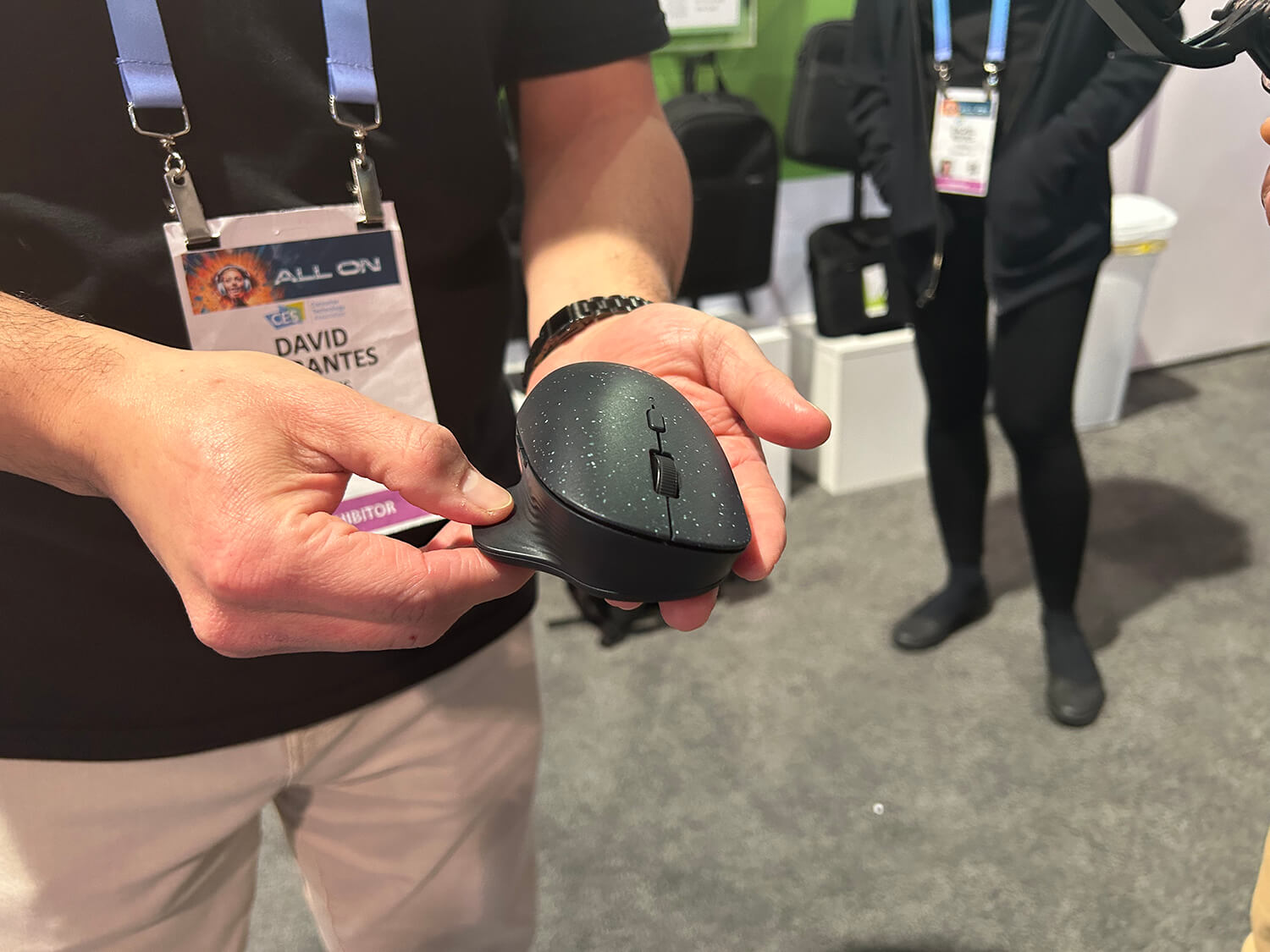
There are only so many ways to innovate with computer mice, but the patent pending ErgoFlip EcoSmart mouse manages to do so. A CES Innovations Honoree, the computer peripheral is both ergonomically designed and sustainable. It can easily convert from right- to left-handed use via a simple twist at the top, something that a leftie like me can appreciate.
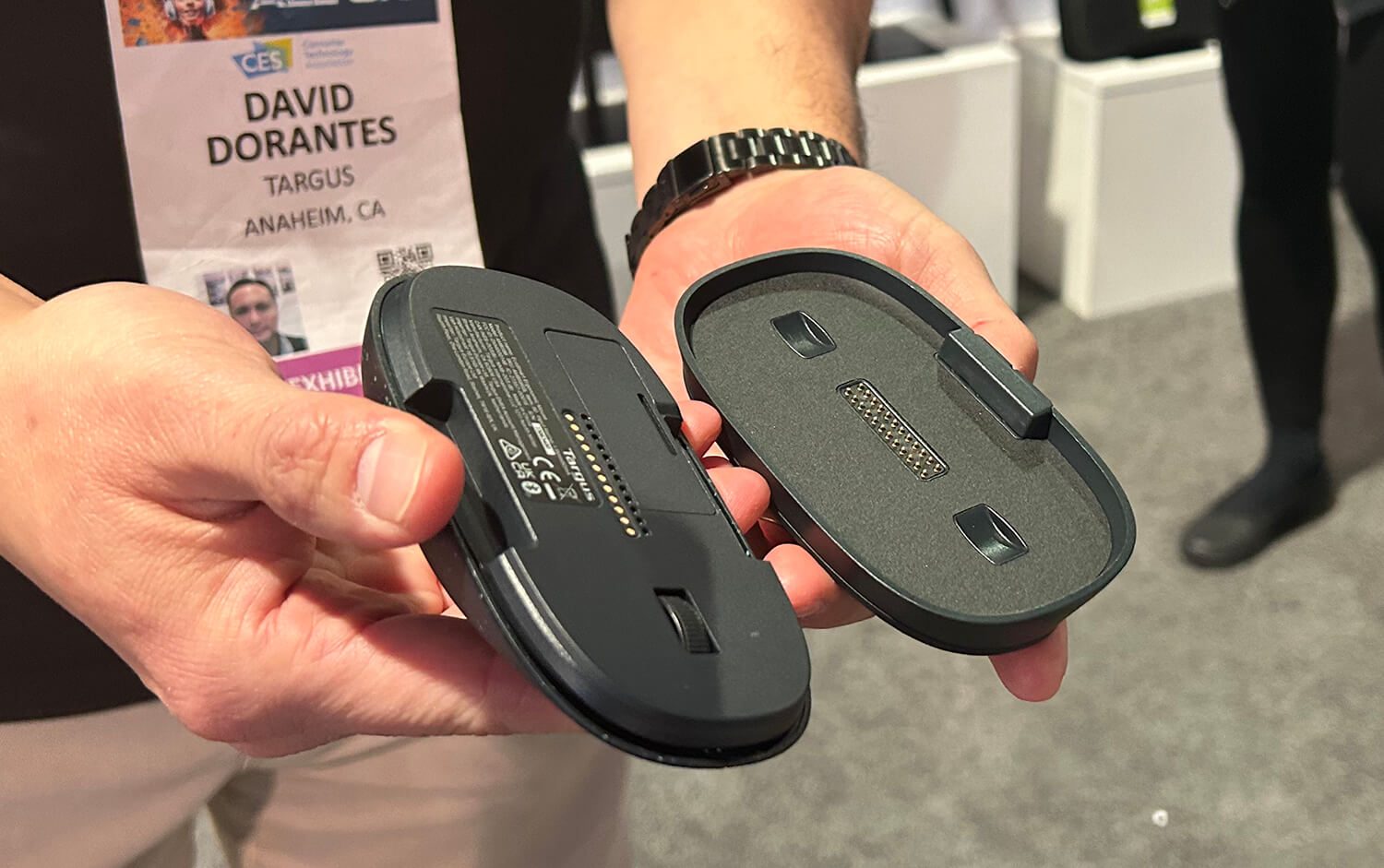
As a sustainable device, it’s made from 85% post-consumer recycled (PCR) plastic and comes in packaging that is made from Global Recycled Standard (GRS)-certified materials. It also uses an ultra-low power Bluetooth Low Energy (BLE) chipset to significantly reduce power consumption. Ideal for shared workspaces, it is even infused with an antimicrobial treatment to create a cleaner surface and continually protect the device by preventing the growth of microorganisms.
14. Philips Home Wi-Fi Palm Recognition Smart Deadbolt
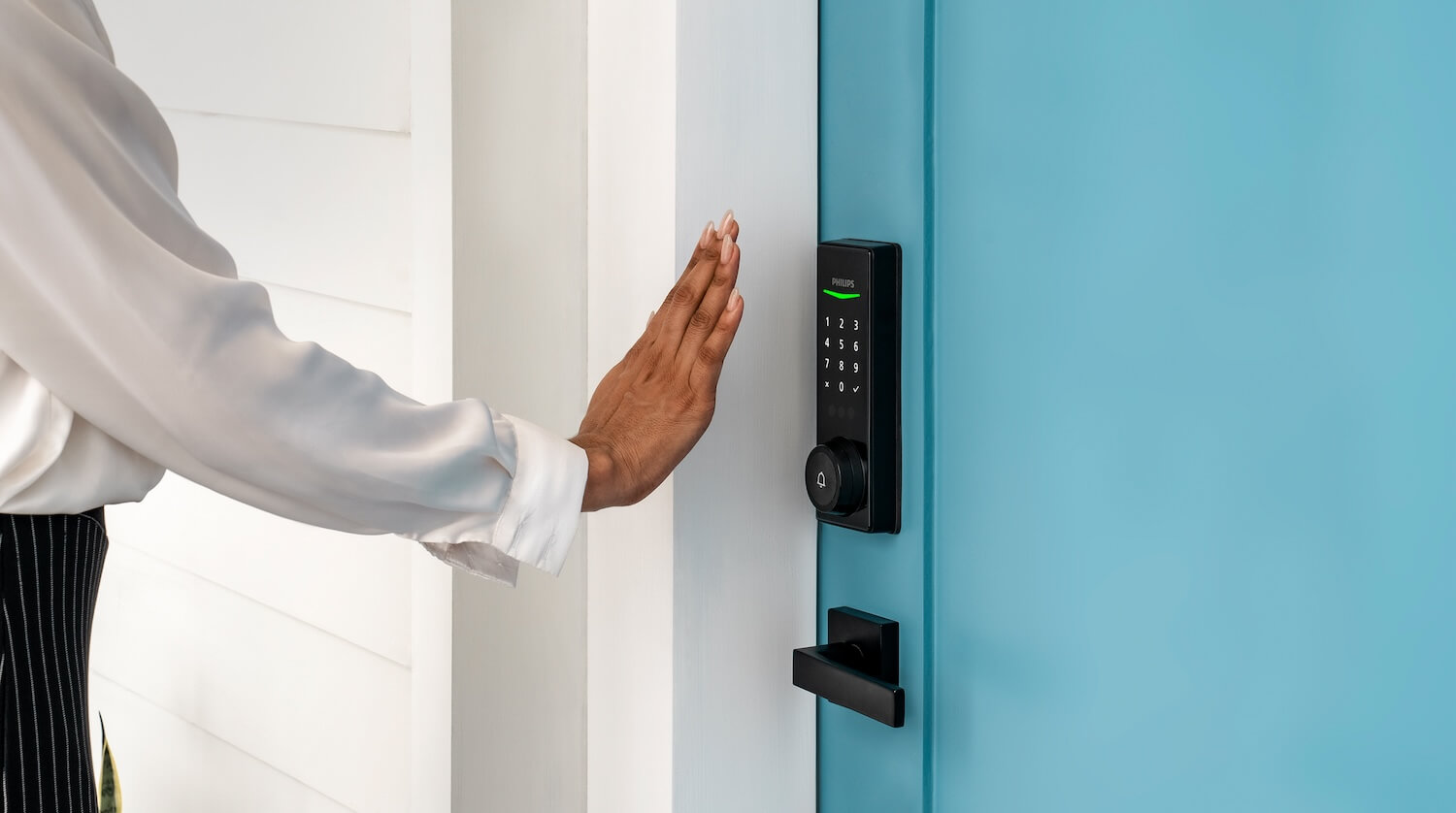
Most smart doorbells work via an app, pin code, or fingerprint reader, maybe even an eye scan. The Philips Home Wi-Fi Palm Recognition Smart Deadbolt is different in that it, as the name implies, uses palm recognition technology as a method of security and access. The palm vein reader detects and recognizes the homeowner’s unique palm vein pattern to unlock the door. It also has built-in proximity sensors so as you reach for the doorknob or lever, sensors will detect your presence and send an unlock signal to the deadbolt. Use this smart deadbolt with your existing smart home system since it’s compatible with voice control via Alexa and Google Assistant. You can also use the Philips Home app to control the lock via voice commands as well as monitor the status. With Wi-Fi built right in, you don’t need a separate Wi-Fi bridge, which makes set-up a breeze. It will be available in the first half of 2024.
15. MMGuardian Phone for Parents/Kids

If you’re like me with a tween child, or even a young teen, you’re probably dealing with the “when can I get a smartphone?” question. So many parents are reluctant to give in, especially given the staggering stats about how damaging social media and tech addiction can be. MMGuardian has teamed up with Samsung for an interesting solution: the MMGuardian phone, a Samsung phone that comes with an extension of the app the company launched in 2013 . The app was created to help parents monitor their kids’ phones to help keep them safe. That includes using AI technology to do things like scan text messages and selfies to make sure that nothing is inappropriate.
This phone takes things up a notch. It combines Samsung hardware with MMGuardian technology built right into the phone. The parental control features have anti-tamper measures to prevent workarounds so crafty kids can’t even attempt a factory reset to get around the restrictions. The settings can be adjusted as the child matures, so you can do everything from control internet access to restrict app installations, then loosen restrictions over time so they get more freedom once they prove they’re responsible enough.
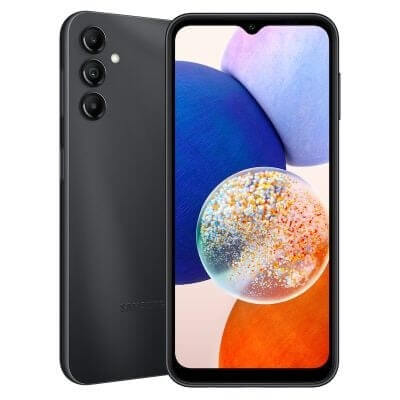
There are three phones in the line, the A14 and A15 (based on Samsung’s Galaxy phones with the same respective names), and the A03S, and they start at just US$119 while the MMGuardian service is US$120 per year. Once you have the phone, you’ll need to visit a local carrier to get a plan (sadly, it isn’t available in Canada just yet). The phone isn’t the latest and greatest, but it has some decent specs that will do for a first phone, including a 6.5-inch screen, Android 11, 5,000mAh battery, USB-C for charging, and a 13MP main camera (2MP depth and 2MP macro). It’s unlocked with 32GB storage but note that it only operates on the 4G LTE network.
16. myFirst Camera 50
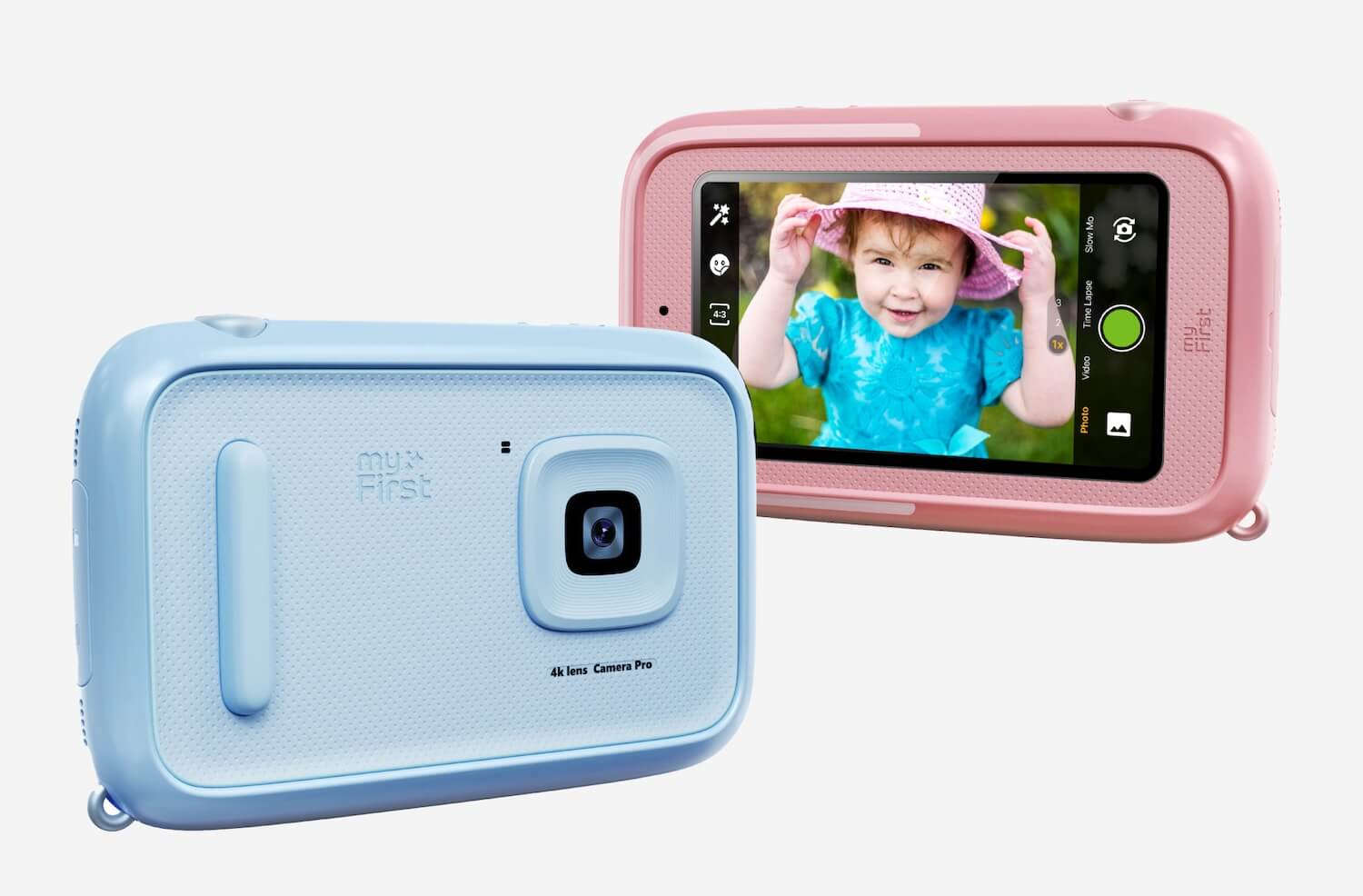
For kids who love snapping photos, the myFirst Camera 50 has a modest 8MP camera and can capture both still images and moving video. It connects via Wi-Fi so you can easily upload shots to a secure server. It works with the company’s own cloud-based system that analyzes the content and helps kids learn about the world around them. To accomplish this, the camera leverages AI technology to do things like suggest music based on the content and weave photos and videos into homemade music videos. It operates on Android 8.1 and comes with 2GB RAM, 8GB storage, 2.4GHz Wi-Fi, 2,000mAh battery (recharges via USB-C), and a 3.97-inch capacitive touch panel with a 480 x 800 resolution. In addition to the 8MP rear camera, there’s also a 5MP front camera for taking selfies. Designed to help fuel a child’s imagination (you won’t get print-worthy shots, but the experience is meant to be fun). The myFirst Camera 50 will sell for US$100.





